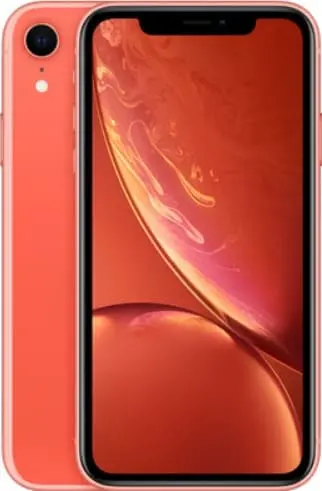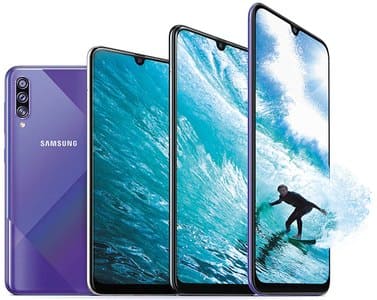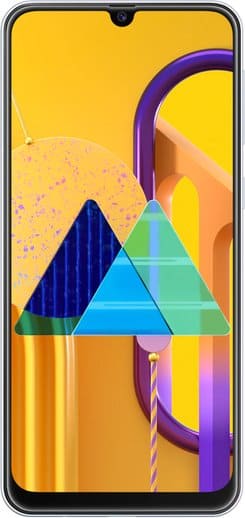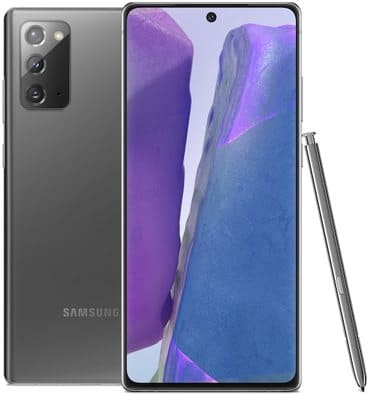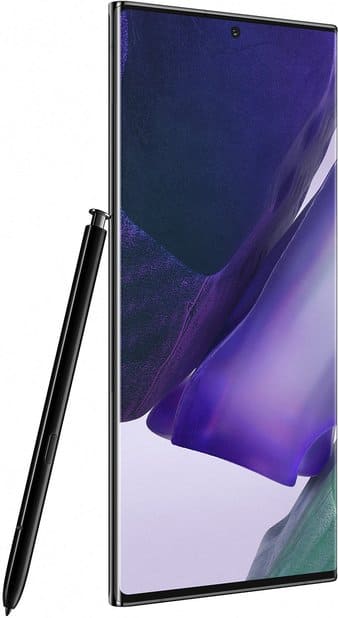Please note: The information provided here is an approximate comparison intended solely for general familiarization and should not be taken as definitive. Differences in usage patterns, software updates, and individual device performance can influence the practical experience. It is advisable to consider hands-on evaluations and current user reviews for a more informed decision.
Brand
apple
samsung
Model
iPhone XR
Galaxy A50s
Released
2018
2019
Operating System
iOS 12
Android 9
CPU
Apple A12 Bionic APL1081 / APL1W81 (T8020)
2490 MHz
Samsung Exynos 9 Octa 9610
2290 MHz
RAM
mobile (LP) DDR4 SDRAM
-
3 GB
LPDDR4x SDRAM
-
6 GB
Graphical Controller
N/A
ARM Mali-G72MP3
Memory
64
128
Display Diagonal
6.1
6.4
Resolution
828x1792
1080x2340
Display Type
IPS TFT LCD
AM-OLED
Main Camera
4032x3024 px
12.2 MP
1.0 x optical zoom
8000x6000 px
48.0 MP
1.0 x optical zoom
Video Recording
3840x2160 px
60 fps
3840x2160 px
30 fps
Flash
Yes
Yes
Front Camera
7.2 MP
3088x2320 px
32.0 MP
6528x4896 px
Video Recording
1920x1080 px
60 fps
-
-
Battery
Lithium-ion
3.79 V
2945 mAh
Lithium-ion
-
4000 mAh
Bluetooth
5.0
5.0
Protection from solid materials
6 Totally protected from dust
Yes
Protection from liquids
7 Protected against the effect of immersion up to 1m of depth
Yes
Depth
83 mm
7.7 mm
Mass
194 g
166 g
SIM Card Slot
e-SIM (embedded), Nano-SIM (4FF)
Nano-SIM (4FF)
Scratch Resistant Screen
Yes
Yes
Number of Display Scales
1073.7
16.8
Display Width
2.56 Inch
2.67 Inch
Display Height
5.54 Inch
5.79 Inch
Additional sensors
Barometer, Light intensity sensor, Proximity sensor, IR face sensor
In-screen fingerprint sensor, Hall sensor, Light intensity sensor, Proximity sensor
Compass
Yes
Yes
Accelerometer
Yes
Yes
Gyroscope
Yes
Yes
NFC
Yes
Yes
A/V Out
Yes
No
Display Light Reflection Mode
Yes
Yes
